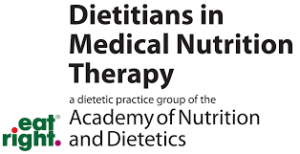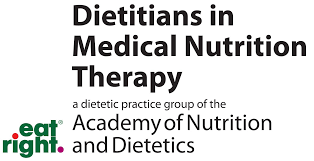What is the diet?
Following a gluten-free diet involves avoiding wheat, barley, rye and all foods made with these ingredients. Reading ingredient labels for consumed foods, beverages, medications and supplements is essential to avoiding gluten.
What conditions is the gluten-free diet used for?
- Celiac disease.
- Non-celiac wheat sensitivity (NCWS).
Why is the gluten-free diet being recommended?
A strict, life-long gluten-free diet is the only treatment available for celiac disease and non-celiac wheat sensitivity (NCWS).
Celiac disease is an autoimmune disease triggered by gluten ingestion, which damages the small intestine and interferes with absorption of nutrients from food. NCWS is a condition in which individuals report improvement of symptoms following the elimination of gluten from their diet. This diagnosis is only given after both celiac disease and wheat allergy are excluded.
How to read a label for gluten
-
If a product is labeled “gluten free,” it is safe for people with celiac disease.
-
Third-party certifications exist to monitor manufacturers, but so far research shows that both labeled and certified GF foods are safe for people with celiac disease.
-
When a product is not labeled “gluten free,” you can determine if it is safe to eat by reading the ingredients label.
- Read the “contains” allergen statement at the bottom of the label.
- If wheat is listed in the “contains” statement, the product is not gluten free.
- If wheat is NOT listed in the “contains” statement, you must look for the following ingredients:
- Always avoid:
- Wheat, wheat starch
- Rye
- Barley, brewer’s yeast
- Malt extract, malt vinegar, malt flavor
- Avoid if product is not labeled gluten free:
- Oats, oat bran, oat flour
- Yeast (autolyzed or extract)
- Smoke flavor from barley
- Natural flavor from barley
- Always avoid:
-
Voluntary advisory statements.
- “May contain wheat” and “processed in a facility/on equipment that processes wheat” are voluntary statements NOT regulated by the U.S. Food and Drug Administration (FDA).
- Products labeled “gluten free” and with a voluntary advisory statement are safe for people with celiac disease.
- Research indicates that these labels are unreliable. Many products without the advisory statement are just as likely to unsafe for people with celiac disease as products with the advisory statement. Gluten contamination was found most often in products containing oats and with an advisory statement, which is why oats should only be consumed when labeled “gluten-free."
-
Alcohol
- Alcoholic beverages labeled ""gluten free” are safe to include in a gluten-free diet.
- Those labeled “gluten removed” or “processed to remove gluten” are not safe for those with celiac disease.
- Wine, fruit cider (without barley malt) and distilled liquor are all gluten free.
- Beer and other malted beverages with barley are not safe for people on a gluten-free diet.
Do not start the gluten-free diet until your gastroenterologist (GI) or GI-expert dietitian tells you to and gives you instructions on how to follow the diet the right way.
Resources for label reading
Written by

Janelle Smith, RD, and Sadie Nagle, RD
Reviewed by the DIGID Gluten and Wheat Disorders workgroup ©2021

Janelle Smith, RD, and Sadie Nagle, RD
Reviewed by the DIGID Gluten and Wheat Disorders workgroup ©2021



